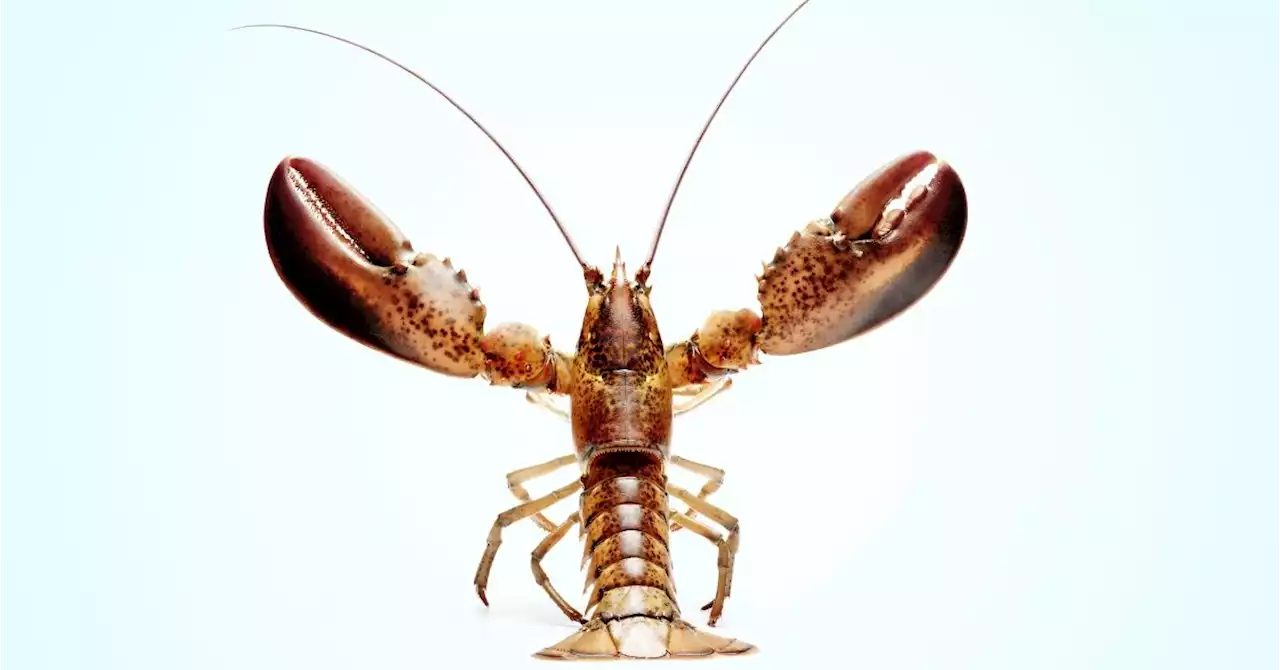More weird animal content that you didn't know you needed. 👇
Pheromones are a type of a chemical produced by an animal that can act like hormones outside of the body and affect the animals surrounding them. Found within a lobster’s pee are a fair number of pheromones, which they disperse through their. The bladder of a lobster is located under its brain, and the rosette glands are connected to the urinary tract. Once these pheromones are produced, they are introduced into the urine stream.
Okay, but why? It has to do with a combination of anatomy and defensiveness. Male lobsters tend to be territorial, and their body makeup reflects that. Their claws are located at the front, which enables the lobster to back into a shelter and face outward toward the entrance, setting up a first line of defense — and attracting a mate.
“In the lobster world, one large male typically dominates an area, and the females line up to mate with him. To get him in the mood, the female waits outside of his den, peeing in his direction out of specialized nozzles on her face,”“Her urine contains pheromones that let the male know she is ready to reproduce. Once he lets her into his den, she removes her exoskeleton, effectively stripping naked in order to mate.
Males will fight both for the best shelter and the interest of their ladies. The winner of a duel — and thus the more dominant of the two — will urinate to notify any single females. It’s thought that the winner of a match will also contain more serotonin and happy hormones, making him even more attractive to a would-be match.
How does a female return the favor? By peeing in his face, of course. Pheromones released in a female’s urine are thought to reduce the aggression of an embattled male and he’ll often allow the female to enter his burrow, where she might stay for up to two weeks. While the two shack up, the cohabitating female will also be urinating to ward off other ladies in the area — until it’s their turn.
